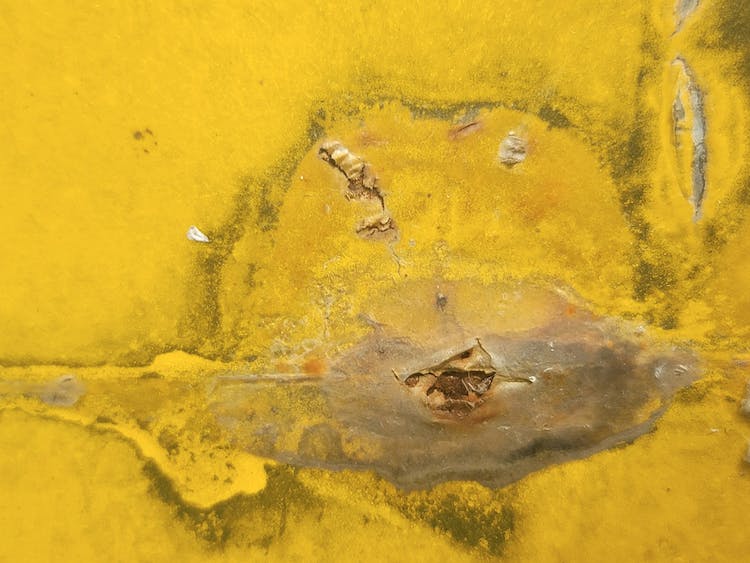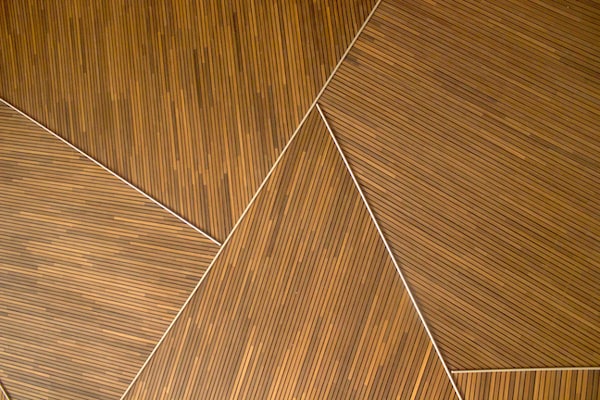The use of modern technology in many industries has become commonplace today. As we look for ways to make production faster, cheaper, and more efficient, we must begin to analyze different processes and technologies to determine which is most appropriate for the task. One of the biggest challenges facing businesses is the skill set required when it comes to traditional cutting methods vs. laser cutting. In this article, we will discuss the advantages and disadvantages of laser cutting versus traditional cutting methods to help make the right decision depending on the project requirements.
Advantages and Disadvantages of Laser Cutting
Advantages of Laser Cutting
The advantages of laser cutting are manifold. It is a highly efficient and precise cutting process, compared to traditional cutting methods. The laser cutting process requires less energy for cutting the metals than other traditional methods, such as plasma or oxy-fuel cutting – resulting in a reduced cost of production.
In addition, laser cut parts do not require additional production steps and can often be completed in a single-step process. The process also offers superior accuracy, with control over dimensional accuracy down to the millimeter. This is particularly useful in the production of complex designs.
Furthermore, the laser cutting process produces no material contamination when cutting metals. Another major advantage of laser cutting is it’s high speed.
Disadvantages of Laser Cutting
The laser cutting process requires less energy for cutting metal materials than other traditional methods such as plasma, gas flame or water jet cutting. This advantage makes it a more efficient option than traditional cutting methods. However, laser cutting has some drawbacks as well.
One of the main disadvantages of the laser cutting process is the cost. Laser cutting can be a costly and technically challenging fabrication method and is often only economically viable for larger batches and thicker materials. Additionally, the materials for laser cutting systems can be expensive to purchase and maintain.
Furthermore, thicker materials tend to be more difficult to cut and require very low speeds. Another disadvantage to laser cutting is the limitations of cutting non-metals.

Advantages and Disadvantages of Traditional Cutting Methods
Advantages of Traditional Cutting Method
Advantages of Traditional Cutting Methods Traditional cutting methods have numerous advantages over laser cutting processes. Firstly, they are highly efficient and can design replicas as like laser cutting with personal attention. Some traditional cutting methods like die cutting are used to create custom shapes and designs which is not achievable with laser cutting process.
The heat generated while cutting with the traditional methods is less in comparison to laser cutting process and is thus the material generally does not turn out of shape.
Disadvantages of Traditional Cutting Method
The disadvantages of traditional cutting methods, such as plasma cutting, oxy-fuel cutting, and water jet cutting, are that they are usually slow and require a great deal of energy. Additionally, they generally generate more heat which can cause the material to become out of shape. Furthermore, these methods can contaminate the material being cut, leading to an inferior product.
Furthermore, traditional cutting methods are not as precise as laser cutting, which requires less energy and is capable of achieving high precision results quickly and reliably. Additionally, with laser cutting, there is no material contamination, so you don’t have to worry about inferior quality.

What are the disadvantages of laser?
One of the major disadvantages of the laser cutting process is that it requires more energy and power than traditional cutting methods. As the laser beam is directed onto the material to be cut, the material absorbs the laser energy and turns it into heat, making the cutting process much more energy-intensive. Furthermore, some of the heat created during the process can warp and deform the material, making it necessary to use extra energy and time to reshape the material afterward if the desired effect is not achieved.
Conclusion
Summary of Advantages and Disadvantages of Both Methods
The main differences between laser cutting and traditional methods of cutting are in speed, accuracy, and cost. Laser cutting is significantly faster than traditional cutting methods, and is capable of producing exact, repeatable cuts without material contamination, allowing for a high level of precision. No heating of the material is required, meaning that the laser cutting process requires less energy for cutting metals than other traditional methods.
However, laser cutting can be a costly and technically challenging fabrication method, since thicker materials are more difficult to cut or require very low speeds.
Concluding Remarks on Laser Cutting vs. Traditional Cutting Methods
In conclusion, laser cutting is becoming more and more popular for metal fabrication because of its many advantages. It offers a high degree of accuracy and precision with minimal material deformation, as well as relatively fast cutting speeds, and excellent design reproducibility. Laser cutting is also significantly more eco-friendly when compared to other traditional cutting methods, as it requires less energy for the cutting process.


